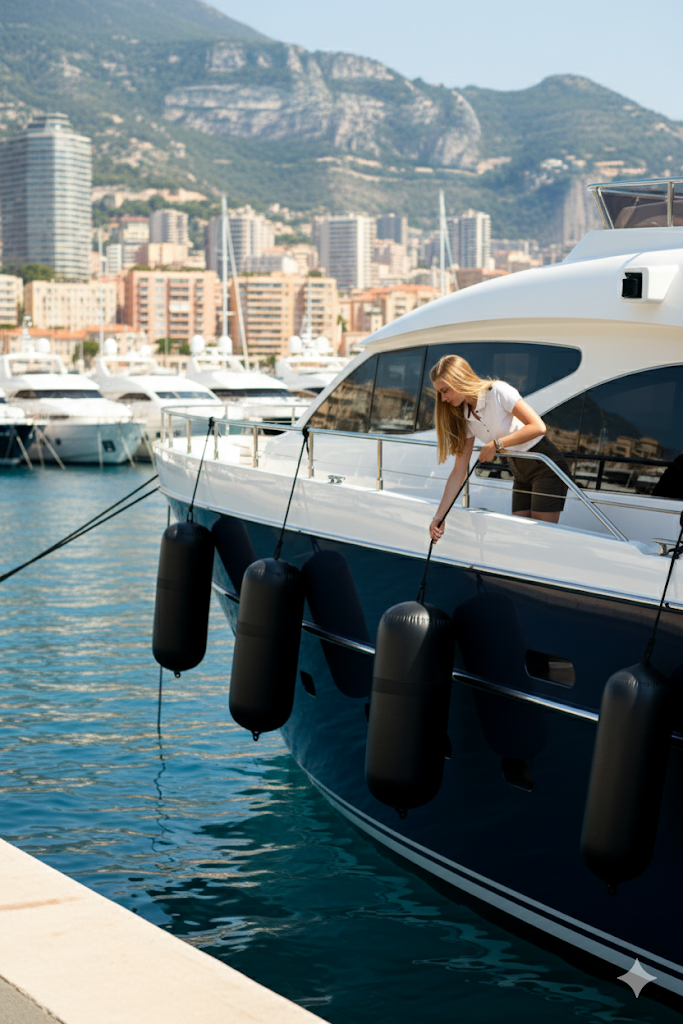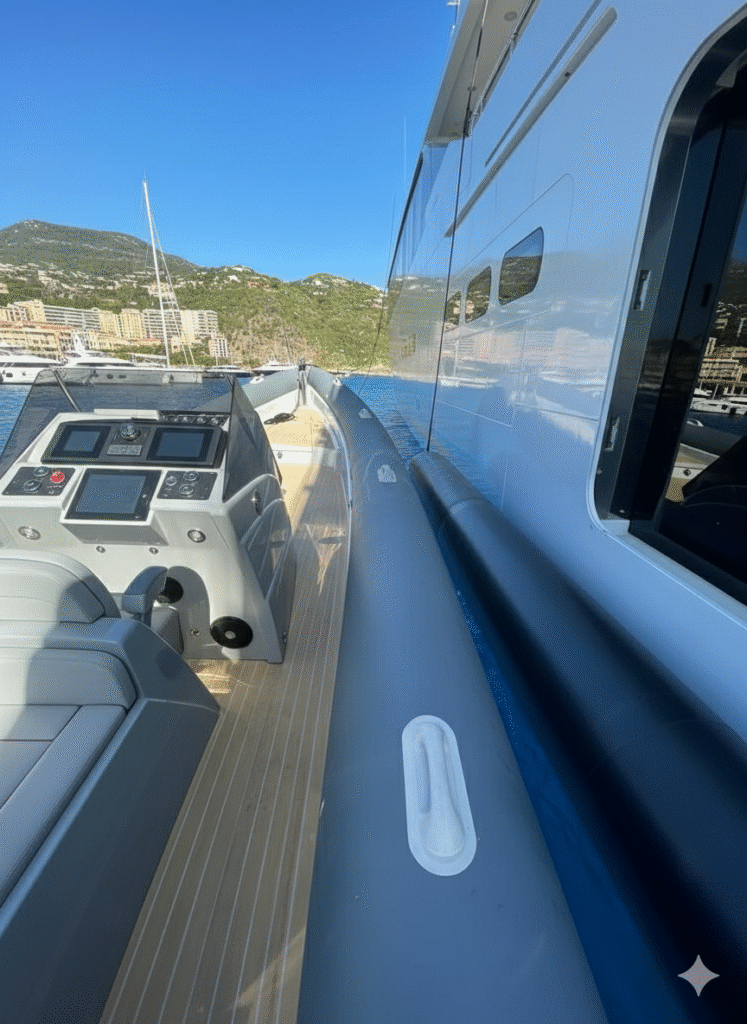
Every seasoned captain knows that mooring is a science, not just a routine. While the basic principles are universal, the application changes dramatically from port to port. A tranquil Caribbean anchorage demands a different approach than a bustling commercial harbour. This philosophy of creating an environment-specific protection strategy is what separates good seamanship from great seamanship.
There is perhaps no better case study for this principle than Monaco’s Port Hercules. Mooring here is the ultimate test of skill, precision, and preparation. It’s a high-stakes environment where a minor miscalculation can have major consequences. Let’s break down the unique challenges of this iconic port and illustrate how a tailored fendering solution is not just a luxury, but a necessity.
Mooring in Monaco presents a unique combination of factors that put immense pressure on a vessel and its crew:
Confronting these challenges requires moving beyond a generic fendering setup. It demands specific tools designed for the job.

The tight squeeze and hard quays call for maximum protection without cluttering the deck. This is where DEFENDA Inflatable Fenders are essential. Their heavy-duty construction provides a significant cushion against the concrete, absorbing the pressure from any movement. Crucially, once you depart, they deflate to a fraction of their size, solving the age-old problem of storing bulky fenders. This allows the crew to deploy a greater number of larger fenders than would be practical with traditional types, ensuring comprehensive hull protection.
Standard fender covers can trap grit and saltwater, turning them into abrasive pads that slowly wear away at your hull’s perfect finish. In Monaco’s high-stakes environment, this is an unacceptable risk. Our FENDASKIN Bioprene Covers are the solution. Engineered not to absorb water, they prevent grit from becoming embedded. They provide a soft, forgiving interface between the fender and the hull, ensuring that the cover takes the wear, not your gelcoat. Their superior UV resistance also means they won’t fade, maintaining the vessel’s immaculate presentation.
The constant threat from tender traffic requires a dedicated solution. The TENDAFENDA is purpose-built for this challenge. It floats along the waterline, creating a protective barrier exactly where tenders and jetskis are likely to make contact. Deploying a TENDAFENDA means the crew can be confident that the mother ship is shielded from the constant activity alongside, preventing costly and unsightly dings and scrapes.ion.
The polymeric sponge, BIO-II, is USDA Certified and made from green and natural resources using renewable rubber, sugar cane and plant oil, as well as recycled oyster shells. From raw material preparation, manufacturing, to final delivery, carbon footprint is reduced by 52%. Also, 79% of the carbon is from renewable sources according to ASTM-D6866.
The Bioprene used in every FENDASKIN is completely Neoprene-free and PAHs (Class II), REACH/SVHC and RoHS compliant.

A further negative impact of Neoprene use is that it is very difficult to dispose of in an environmentally responsible way, with most of the waste Neoprene ending up in landfill. However, we are delighted to announce that, in partnership with Circular Flow, we are now able to tackle the issue of waste Neoprene. Old Neoprene Covers can now be recycled at the Circular Flow facility and turned into a range of other products. When new FENDASKINS are ordered, DEFENDA offer to recycle the old set at no extra charge, customers just need to ship them to the recycling facility.
Monaco is an extreme example, but the principle it teaches is universal. Before arriving at any new port, the same strategic questions should be asked: What are the unique challenges? Are the docks fixed or floating? Is there significant swell or commercial traffic?
By analysing the environment first, you can then build a bespoke protection strategy. The solution in Monaco—lightweight inflatable fenders, advanced non-abrasive covers, and dedicated waterline defenders—provides the peace of mind needed in a demanding port. This same thoughtful approach, tailored to the specific challenges of your next destination, is the key to maintaining your vessel in pristine condition, no matter where your journey takes you.